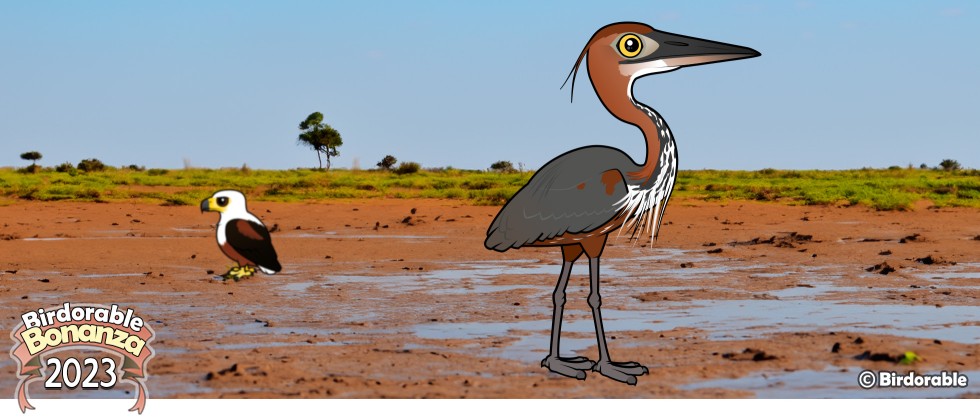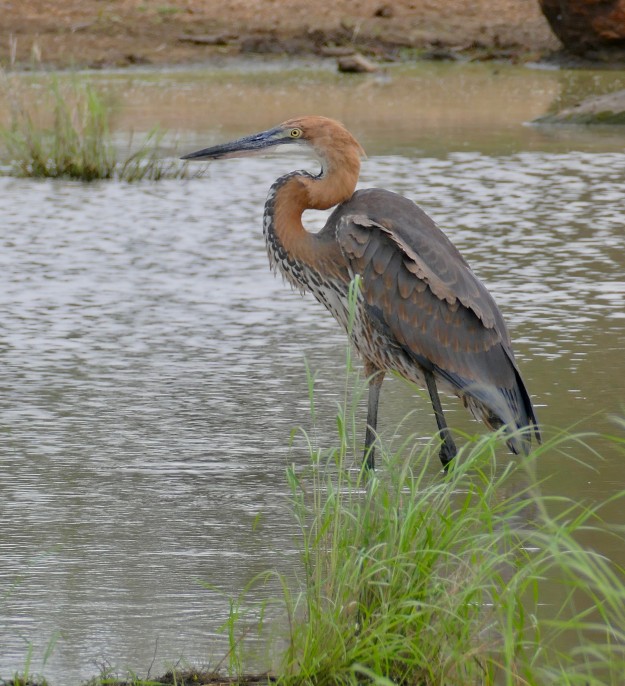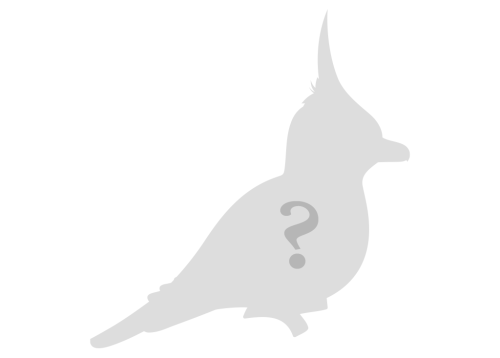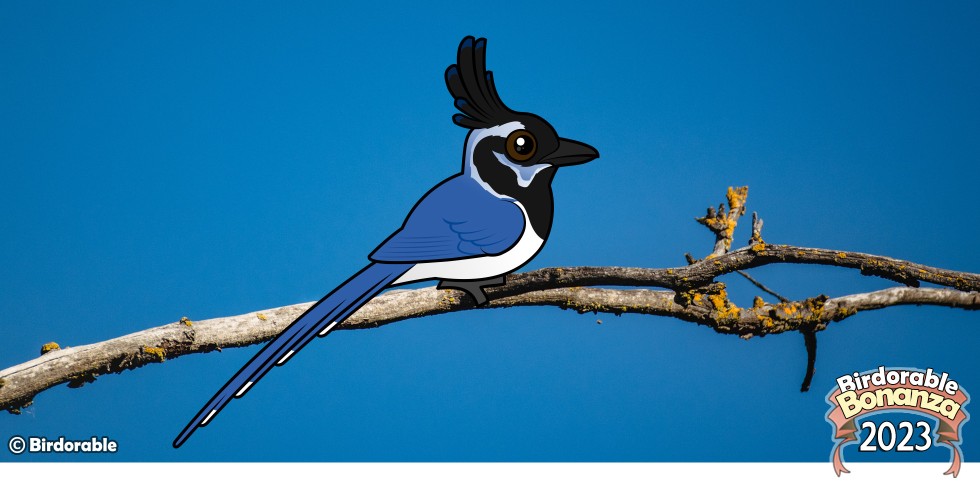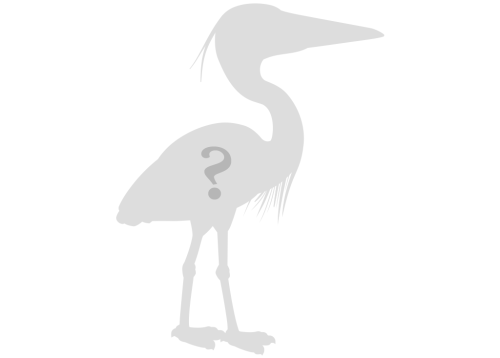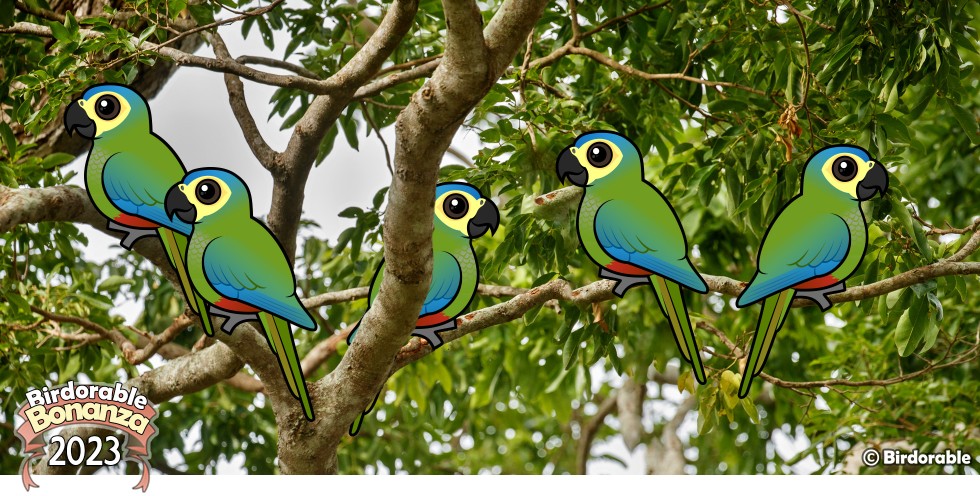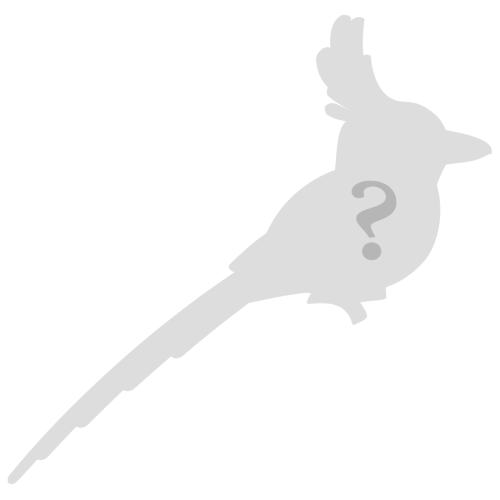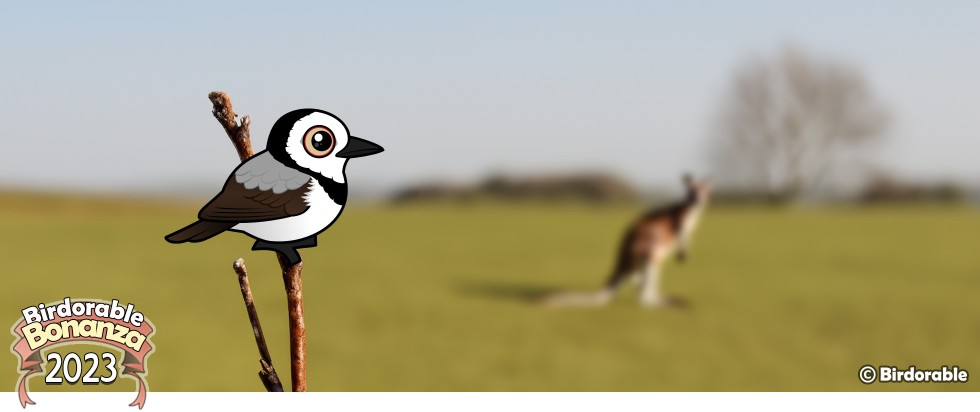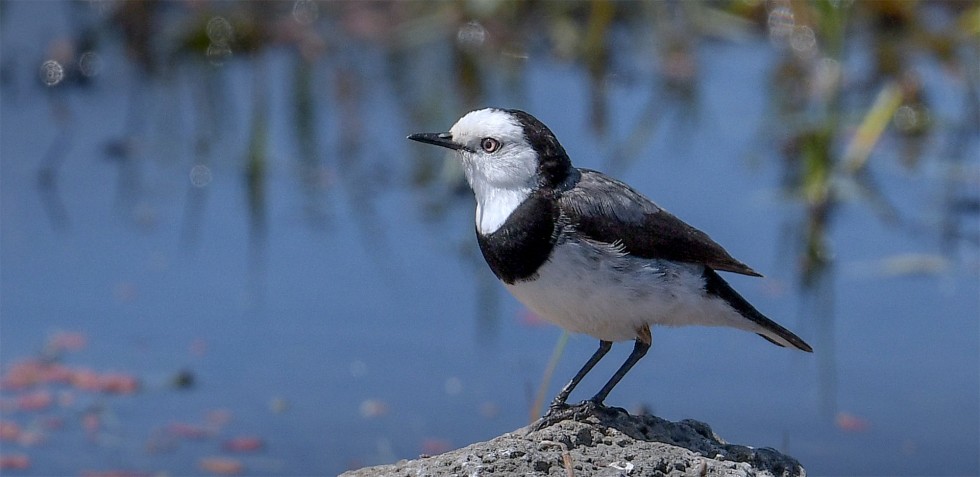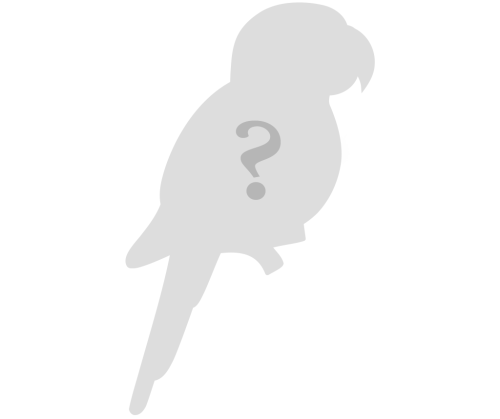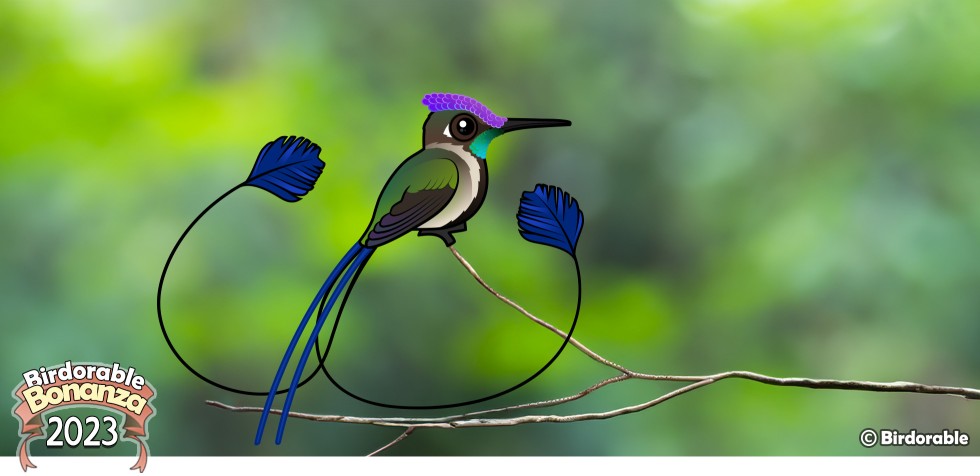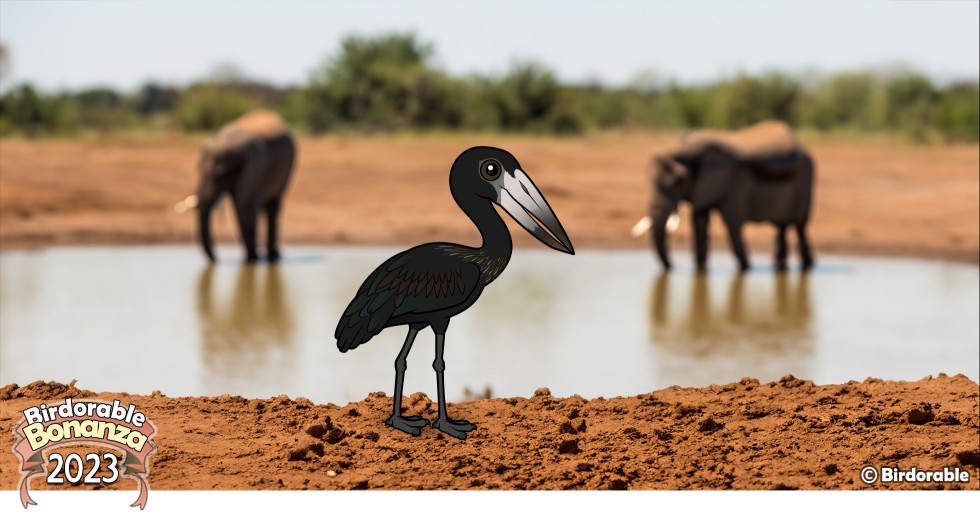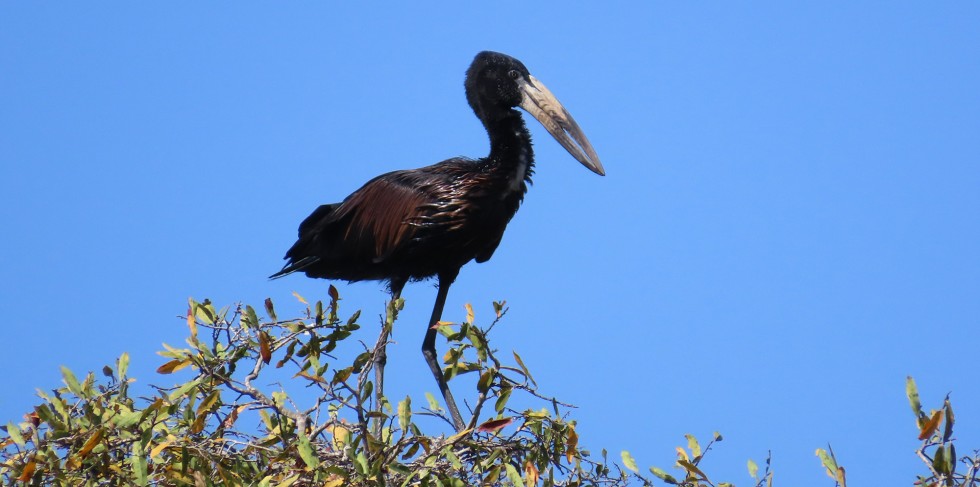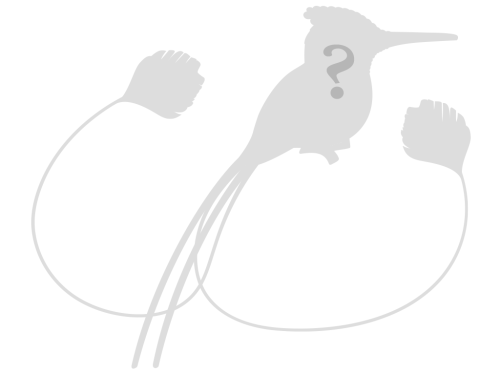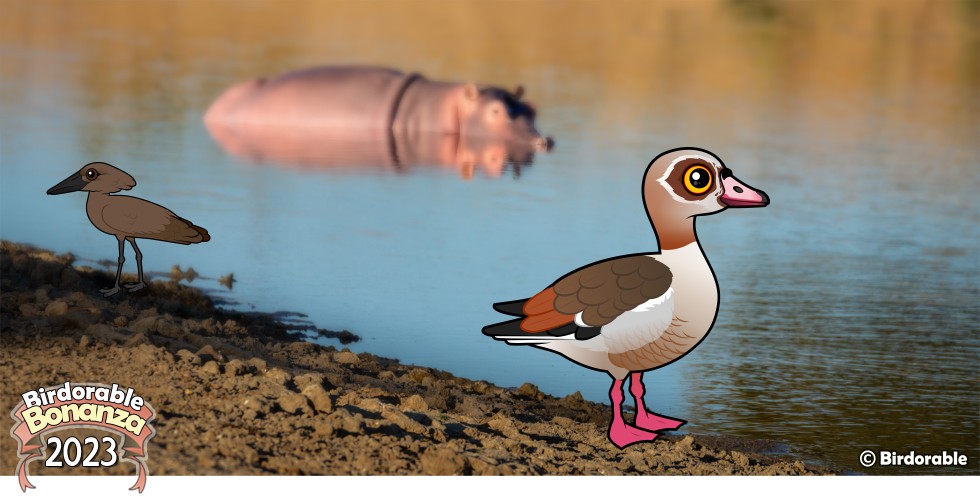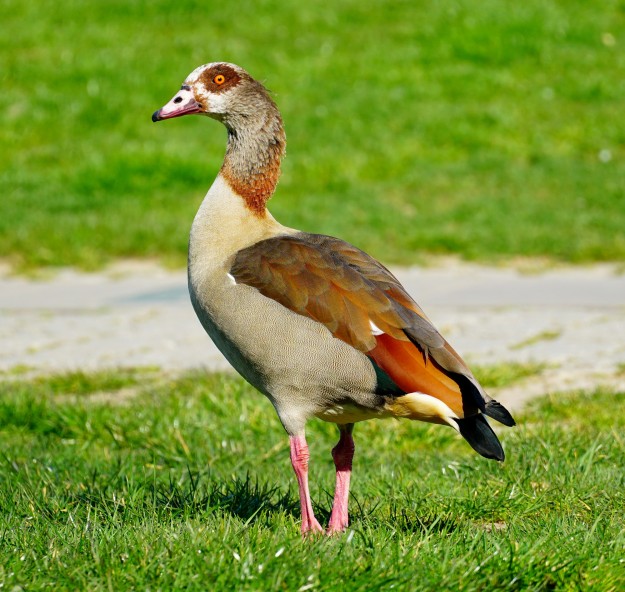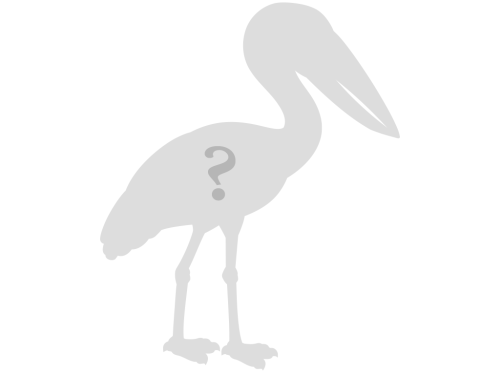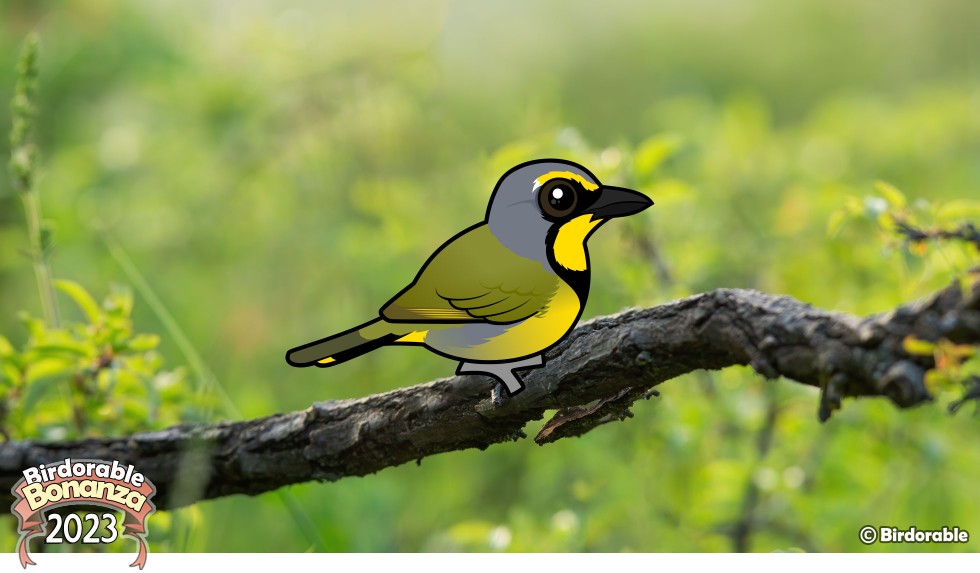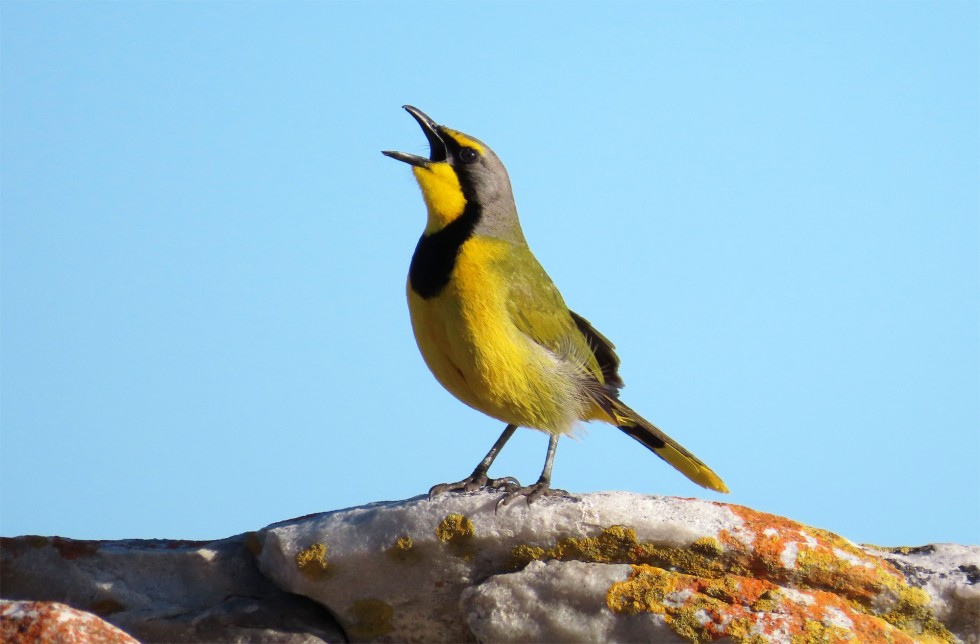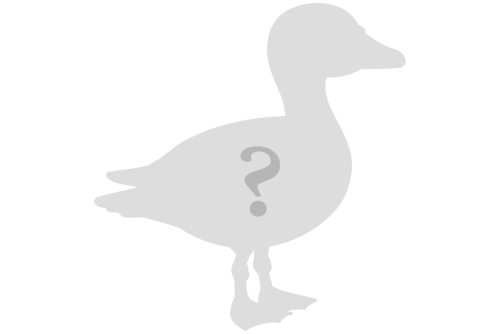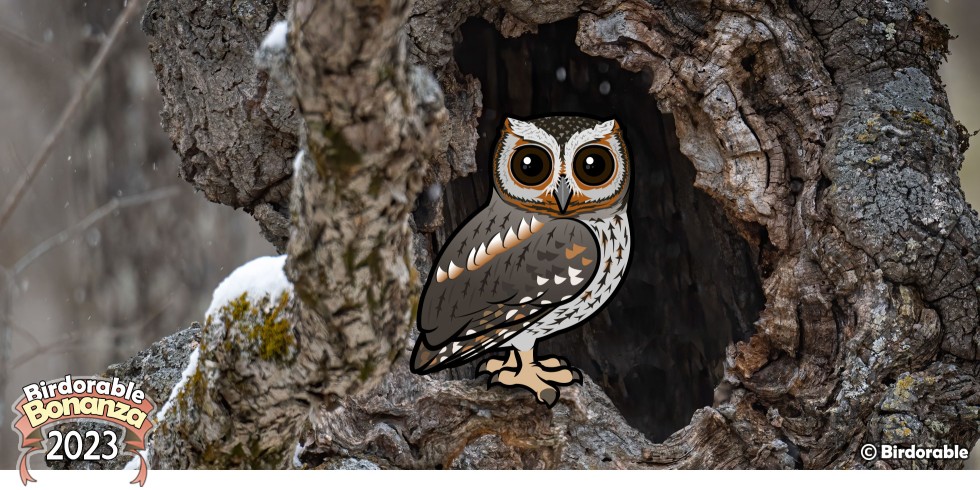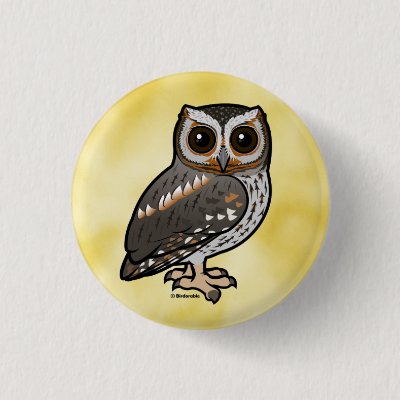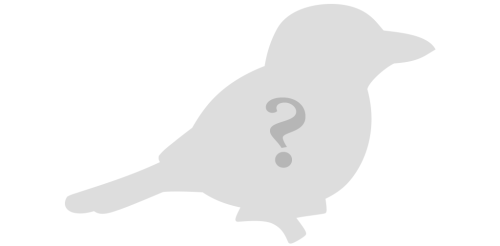2023 Bonanza Bird #10
The Crested Pigeon: A Shimmering and Whistling Wonder from Down Under
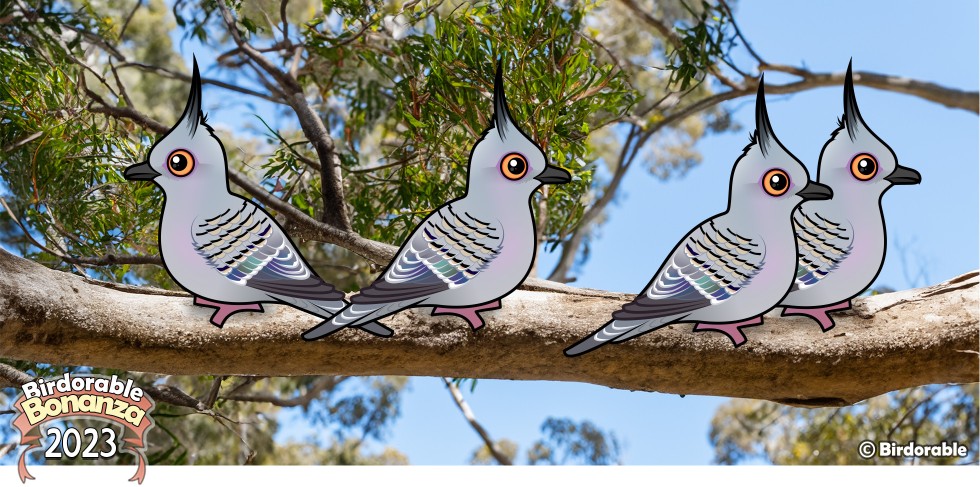
Today we're wrapping up our 2023 Birdorable Bonanza with a highfalutin cutie -- the Crested Pigeon!
The Crested Pigeon, native to Australia, is a striking bird with a notable, namesake crest on its head. Besides the crest, the pretty pidge can be recognized by shimmering spots on its wings that shine green and purple in sunlight
Crested Pigeons are also noted for a sound they make: when they take flight their wings make a whistling sound. This sound serves as more than just a flight signal; it plays a crucial role in their communication, especially as a warning call. The intensity of this whistle varies with the speed of their wing beats - the faster they flap, the more urgent the warning. Check out this video explaining how it works:
Found in lightly wooded and grassy areas across most of mainland Australia, the Crested Pigeon feeds on the ground, primarily consuming seeds and grains. This diet makes it an important player in seed dispersal, aiding in the health of its habitat's vegetation.
And ... that's a wrap!
Thanks for following along on our latest installment of the Birdorable Bonanza! In the last 10 days we added 10 new bird species to Birdorable. We now have 785 species in our flock. 🎉 Wow, that's a lot! You can browse all our 785 cute Birdorable birds on our Meet the Birds page and learn about each one.
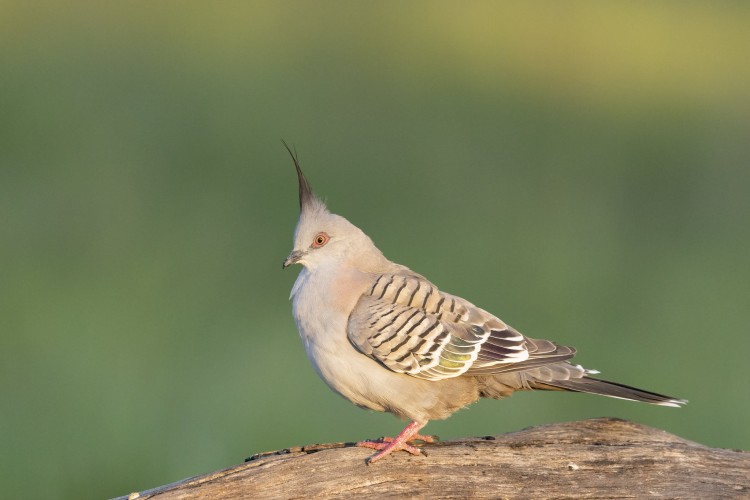
Crested Pigeon (Flickr, CC BY 2.0 Deed, copyright © patrickkavanagh)










